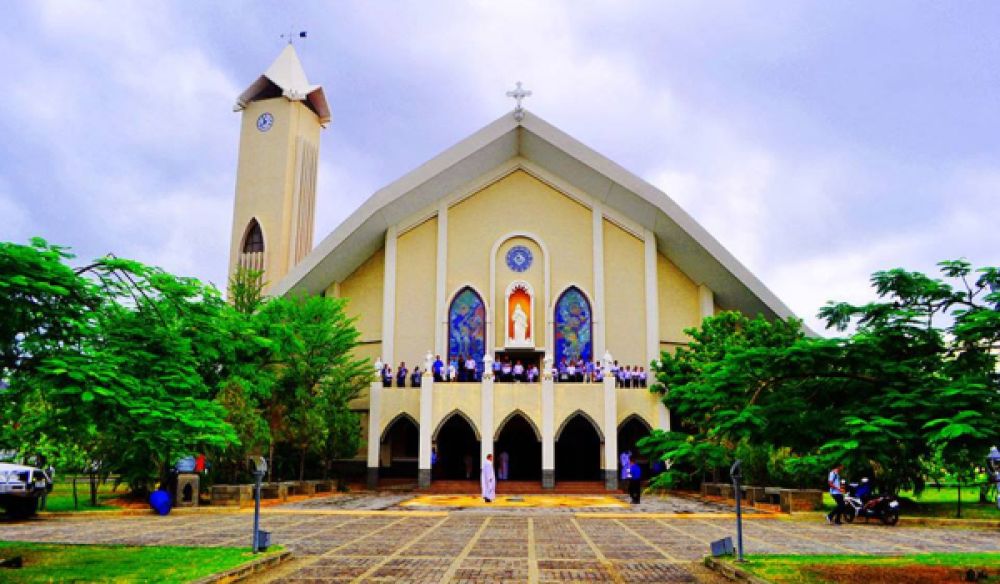

The history of tourism surrounding the Dili Cathedral in Dili, the capital of Timor-Leste (East Timor), is intertwined with the country's tumultuous history and its journey towards sovereignty. Known officially as the Cathedral of the Immaculate Conception, the Dili Cathedral stands as a symbol of spiritual resilience and an important landmark for both locals and visitors.
Before independence, Timor-Leste was a Portuguese colony, and the Catholic Church played a significant role in the society. The original Cathedral of Dili was a central figure in the community. However, during the Indonesian occupation which began in 1975, the church was destroyed, affecting religious tourism and local faith practices.
In 1989, with the construction of the new Dili Cathedral, there was a revitalization of interest in religious tourism. The cathedral, with its simple yet impressive structure, became a beacon of hope and a tourist attraction. Visitors from around the world started to include the cathedral on their itineraries, drawn by its significance and the stories of the Timorese struggle for freedom.
Following Timor-Leste's independence in 2002, the country opened up to the world, and tourism slowly began to build momentum. The Dili Cathedral, as the national capital's main church, became a must-see historical site for visitors. The annual celebrations of religious events began attracting both domestic and international visitors alike.
In recent years, Timor-Leste has seen a gradual increase in tourism, with a focus on eco-tourism and cultural experiences. The Dili Cathedral continues to be a point of interest as part of cultural and historical tours. While it may not have the same level of tourism as some larger destinations, its significance in the hearts of the Timorese people and its place in the history of the country ensure that it remains a cherished landmark.
Timor-Leste’s Government Initiatives
The government of Timor-Leste has recognized the potential of tourism for economic growth and is actively promoting sites like the Dili Cathedral. Efforts are being made to improve infrastructure and provide better visitor information to ensure a steady increase in tourism that both respects the local culture and contributes to the nation's development.
With improving connectivity and global awareness, tourism trends indicate that landmarks like the Dili Cathedral will continue to be integral components of a visitor’s experience in Timor-Leste.
Today, visitors to the Dili Cathedral can experience the solemnity of the church, attend mass, and marvel at its historical prominence. The cathedral's serene atmosphere offers a moment of reflection, and its walls echo the narratives of resilience and peace. It stands not just as a religious destination but also as a chapter in the larger story of Timor-Leste.
As Timor-Leste forges ahead, the Dili Cathedral remains a solemn testament to its history and a beacon for future tourism growth.